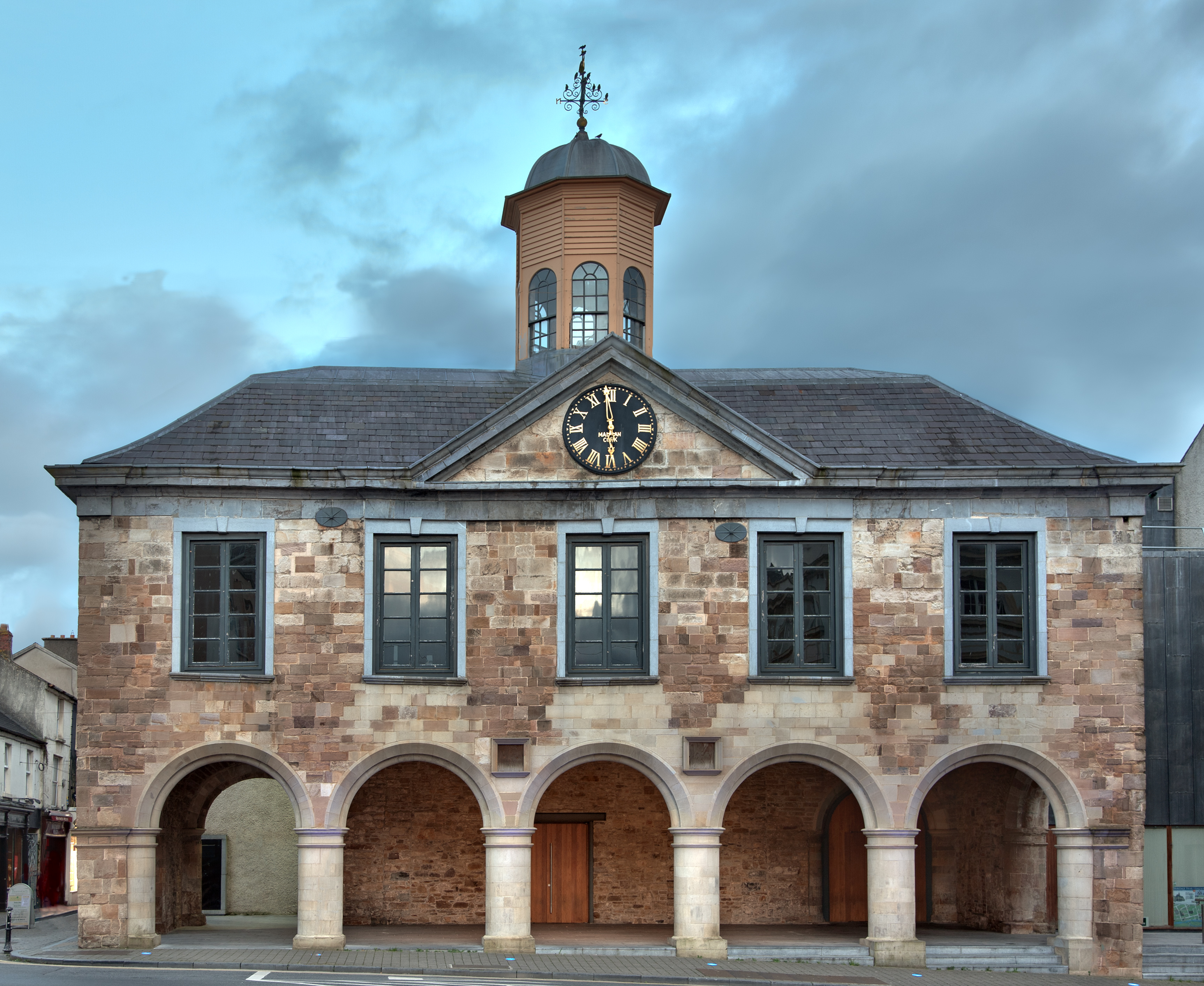Irish Legal Heritage: Murder and Martyrdom in Rathcannon, Pt. II

Pictured: Clonmel Main Guard - the site of Clonmel Assizes until the 1800s (Credit: Digital Eye, CC BY-SA 4.0)
…continued from last week’s Irish Legal Heritage:
On 1 October 1827, Daniel, Laurence, and Timothy Mara were working on the building of the police barracks in Rathcannon alongside a Mason’s Apprentice. On their way home, eight armed men pursued them, and all but Daniel Mara escaped.
The Government offered a £2,000 reward for information from the local community; however, no intelligence was gathered on the back of this enticement. It was not until one of the men who had conspired in the murder, Thomas Fitzgerald, was arrested for a highway robbery that the authorities were able to present the Courts with a witness. On Fitzgerald’s statements, given to save his own life, Patrick Lacy and John Walsh were charged with Daniel Mara’s murder and tried at Clonmel Assizes. On 31 March 1828, the men pleaded not guilty to the charge of murder.
Of one of the judges who attended the trial, the Earl of Kingston, Mackenzie writes “…I never saw a man who had a more brutal appearance. He took large quantities of snuff which he carried loose in a waistcoat-pocket lined with tin, and his method was to take small handfuls of it, throw part of it up into his immense nostrils, and fling away the remainder over his shoulder – the consequence of which was, that nobody who knew him would sit upon that side” (Richard Lalor Sheil & Robert Shelton Mackenzie, Sketches of the Irish Bar: Volume II).
Mackenzie was also critical of the “unfairness of not allowing the counsel for the prisoners to speak, while the Crown enlists all the power of rhetoric against them”. He said that the law at this time “instead of vindicating the poor man, shut’s his counsel’s mouth”, and that in many cases “a powerful speech might have saved a prisoner’s mouth” but that the argument against allowing counsel for prisoner’s to speak was that “judges would not have time to go through the trials” – to this he says, “in other words, they would be delayed from their vacation villas upon circuit. What an excuse!”
At trial, another accomplice to the murder corroborated Fitzgerald’s evidence; however, it was not until the Crown compelled Kate Costello to give evidence that Lacy and Walsh came to understand the veracity of the death sentences being pursued against them. A “fatal witness”, Kate had “attended” to the armed men on 1 October as they lay in wait for the Mara brothers. Lacy and Walsh were found guilty and on 3 April they were hanged in front of Clonmel Jail (Hidden Tipperary, Murder in the Parish of Holycross). Over the following days and weeks, Patrick Keogh, John Keogh, John Russell, and Paddy Grace’s brother, Piery Grace, were also found guilty and hanged for murder. Six more men were transported for life.
Seosamh Gráinséir












